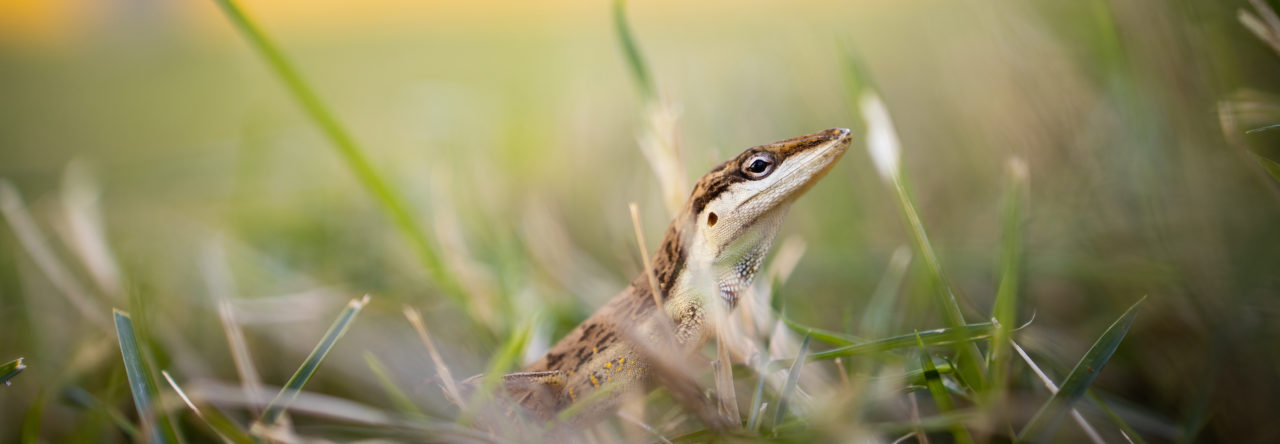We’ve had posts on this spectacular anole before. Jesus Reina Carvajal reports: “During the last three years, I have been lucky to see them every single time I have visited the area but they are really hard to find. I find them in the wild on Cayo Santa María. They live exclusively on that island. Nowhere else in the world.
They eat insects, other lizards and small birds. They have a powerful bite. This last individual I could follow during hours since I saw it early in the morning and I could make many pictures and films until it left the place. That day I felt very happy!”
More of Jesus’s photos can be seen in the Flickr album he created.
- Evolution in Real Time on Lizard Island - March 23, 2025
- Spider Snags Adult Anolis osa - March 22, 2025
- An Homage to the Green Anoles of New Orleans - March 21, 2025





Jacqui Thurlow-Lippisch
Beautiful!
Skip Lazell
Yes! But have you seen nominate Anolis marmoratus marmoratus from Guadeloupe? Greens, blues, and brilliant red spots! Alas, I am no photographer!
NT Anolis
Obviously an impossible question to resolve, but how about A. gorgonnae for the sheer brilliance of its blue? I think that the marmoratus and roquets would have the greatest range of pattern and color, so would nominate both species.
Armando Pou
Anolis marmoratus marmoratus and Anolis gorgonnae are stunningly beautiful, but the spectacular coloration and sheer size of potior, just amazing!